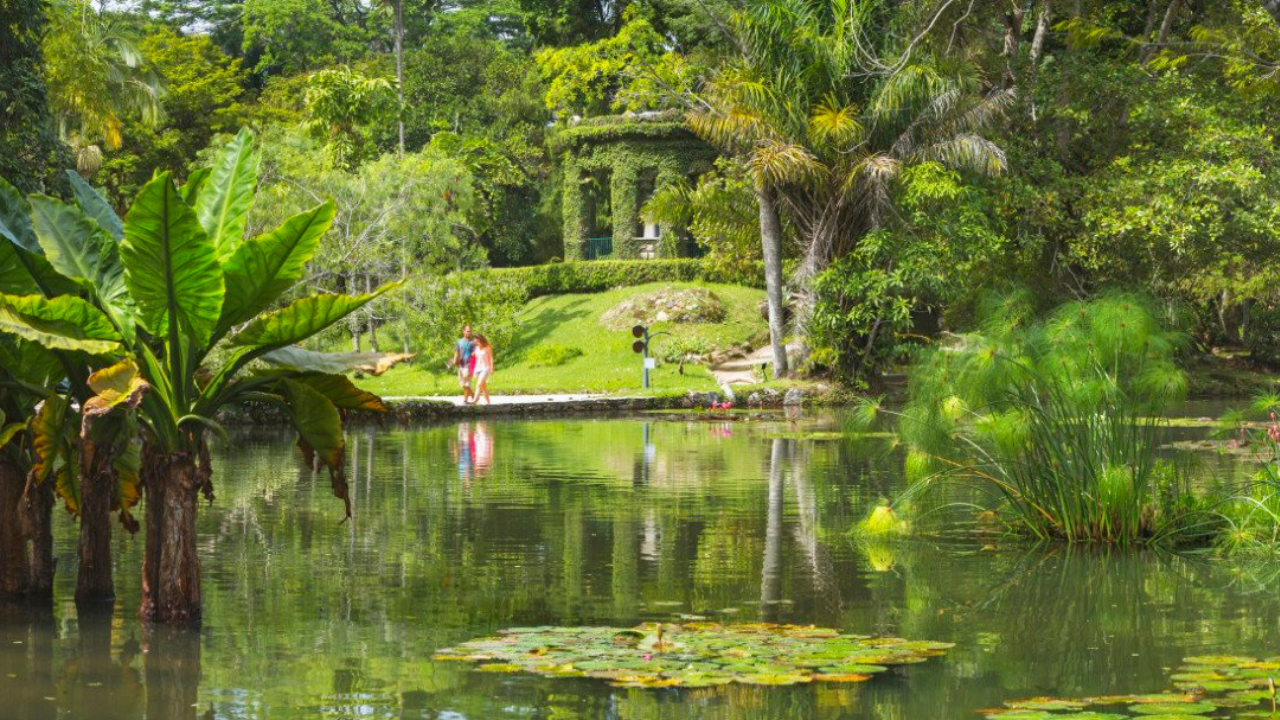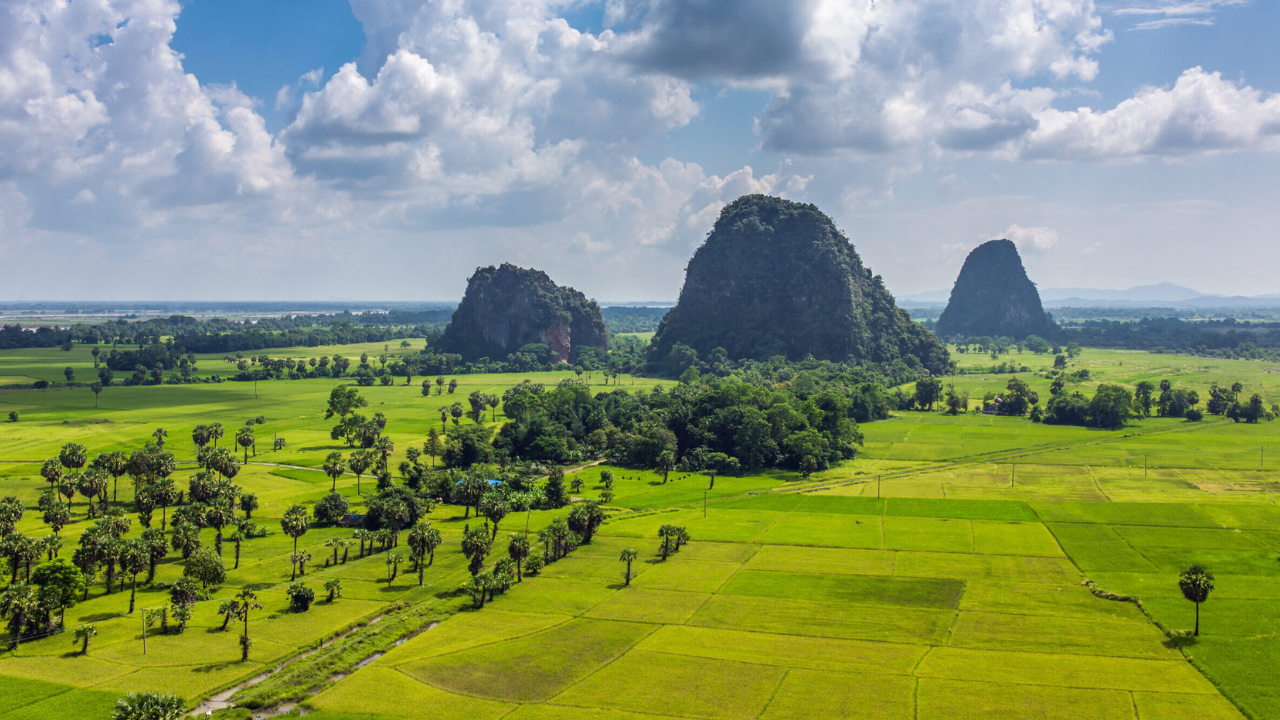
FT Fellows: Helping Forest Trends Stay Global and Nimble Since 2000
Since its inception in 2000, Forest Trends has emerged as a global leader in fostering sustainable environmental practices, championing forest conservation, and promoting innovative solutions to preserve the planet’s natural ecosystems. At the heart of this mission lies a unique and dynamic group of individuals: the FT Fellows. These professionals—experts in their fields—have played an instrumental role in keeping Forest Trends agile, forward-thinking, and impactful on a global scale. Over the past 25 years, their contributions have bridged science, policy, and community action, ensuring that forests and woodlands remain vibrant hubs of biodiversity, wellness, and exploration for generations to come.
This article delves into the legacy of the FT Fellows, their influence on Forest Trends’ global outreach, and how their work resonates with activities like woodland exploration, nature photography, and wildlife spotting—passions that connect people to the natural world Forest Trends strives to protect.
The Genesis of Forest Trends and the FT Fellows Program
Founded in 2000, Forest Trends set out with a bold vision: to accelerate the transition to a world where economic systems value nature’s contributions. Forests, which cover roughly 31% of the Earth’s land surface, are critical to this vision. They regulate climate, store carbon, and provide livelihoods for millions. Yet, deforestation and degradation threaten these ecosystems at an alarming rate. Recognizing the need for interdisciplinary expertise, Forest Trends launched the FT Fellows program to bring together thought leaders, researchers, and practitioners who could tackle these challenges head-on.
The FT Fellows are not just employees or consultants; they are catalysts for change. Hailing from diverse backgrounds—ecology, economics, anthropology, and beyond—they embody the nimbleness that has allowed Forest Trends to adapt to an ever-evolving environmental landscape. Whether it’s designing market-based solutions for forest conservation or advocating for indigenous land rights, the Fellows have been the intellectual backbone of the organization’s success.
A Global Reach Rooted in Local Action
One of the defining traits of the FT Fellows is their ability to operate at both global and local levels. Take, for instance, their work in the Amazon rainforest. Here, Fellows have collaborated with indigenous communities to develop sustainable forestry models that preserve biodiversity while supporting local economies. These efforts align with Forest Trends’ broader mission to ensure that woodlands remain spaces for exploration and discovery—places where campers can pitch tents under ancient canopies, photographers can capture the delicate interplay of light and leaves, and naturalists can identify rare tree species.
In Southeast Asia, FT Fellows have tackled illegal logging by working with governments and businesses to trace timber supply chains. Their innovative tools, like satellite monitoring and blockchain technology, have made it harder for unsustainable practices to go unnoticed. This global-local synergy is what keeps Forest Trends nimble: the Fellows’ ability to zoom out to address planetary issues while zooming in to solve problems on the ground.
Forest Conservation: The Core of the Fellows’ Work
At its essence, the FT Fellows program is about forest conservation—a category that underpins every initiative Forest Trends undertakes. Forests are more than just collections of trees; they are living systems teeming with wildlife, from elusive jaguars in the Americas to vibrant hornbills in Africa. The Fellows’ research has illuminated the cascading effects of deforestation: loss of habitat, disrupted migration patterns, and diminished carbon sequestration. Their findings have informed policies that protect these ecosystems, ensuring they remain havens for wildlife spotting and seasonal woodland activities.
For example, in 2015, FT Fellows contributed to the development of the REDD+ framework (Reducing Emissions from Deforestation and Forest Degradation), a UN-backed initiative that incentivizes forest preservation. By quantifying the economic value of intact forests, they’ve persuaded governments and corporations to invest in conservation rather than exploitation. This work doesn’t just save trees—it preserves the experiences tied to them, like the crunch of autumn leaves underfoot or the thrill of spotting a deer through a telephoto lens.
Bridging Fitness, Wellness, and Nature
The FT Fellows’ influence extends beyond policy and into the human experience of nature. Forests and woodlands are natural gyms, offering spaces for fitness and wellness that benefit both body and mind. Studies show that spending time in green spaces reduces stress, boosts immunity, and enhances mental clarity—insights that Fellows have woven into their advocacy. By protecting these areas, they ensure that people can continue to hike through rolling woodlands, camp beneath starlit skies, and breathe the crisp, clean air of unspoiled landscapes.
In North America, FT Fellows have supported community-led initiatives that promote outdoor recreation as a pathway to health. From trail-building projects to educational programs on tree and plant identification, their efforts make woodlands accessible and inviting. These spaces become classrooms for learning about oak varieties or spotting migratory birds, fostering a deeper connection to the environment.
The Art of Nature Photography and Woodland Exploration
For many, woodlands are a canvas of inspiration—a sentiment the FT Fellows indirectly nurture through their conservation work. Nature photography, a beloved pastime for amateurs and professionals alike, thrives in the diverse ecosystems they protect. The dappled sunlight filtering through a forest canopy, the intricate patterns of lichen on a tree trunk, the fleeting glimpse of a fox—these moments are possible because of the Fellows’ dedication.
Their projects also enable woodland exploration, a category that captures the curiosity of adventurers worldwide. In Europe, Fellows have partnered with organizations to restore degraded forests, turning them into destinations for hikers and ecotourists. These revitalized landscapes offer opportunities to identify plants like the silver birch or witness seasonal phenomena, such as the blooming of wildflowers in spring. By safeguarding these spaces, the Fellows ensure they remain playgrounds for discovery.
Adapting to a Changing World
The past 25 years have not been without challenges. Climate change, urbanization, and political shifts have tested Forest Trends’ resilience. Yet, the FT Fellows have kept the organization agile. When wildfires ravaged Australia in 2020, Fellows swiftly analyzed the ecological fallout, advising on reforestation strategies that prioritized native species. During the COVID-19 pandemic, they pivoted to virtual platforms, sharing knowledge about sustainable land use with a global audience.
This adaptability is a testament to the Fellows’ diverse skill sets. An economist might model the financial benefits of forest preservation, while a biologist maps the habitats of endangered species. Together, they create a holistic approach that addresses both immediate crises and long-term goals. Their work ensures that woodlands remain viable for camping, photography, and wildlife observation, even as the planet changes.
Stories from the Field
The impact of the FT Fellows is perhaps best understood through their stories. Consider Dr. Maria Alvarez, a Fellow who spent years in the Congo Basin studying carbon cycles. Her research not only informed global climate models but also inspired local youth to pursue careers in conservation. Or take James Okoro, whose work in West Africa helped establish community-managed forests, blending traditional knowledge with modern science. These individuals exemplify the Fellows’ ability to connect with people and places, making abstract concepts tangible.
In Indonesia, Fellow Priya Santoso led a project to combat peatland fires, a major source of greenhouse gas emissions. Her team’s success in restoring wetlands didn’t just reduce emissions—it revived habitats for rare birds, delighting wildlife spotters and photographers. These stories highlight the human element of the Fellows’ work, showing how their efforts ripple outward to touch lives and landscapes.
Looking Ahead: The Next 25 Years
As Forest Trends celebrates its 25th anniversary in 2025, the FT Fellows remain at the forefront of its mission. The challenges ahead—accelerating climate change, biodiversity loss, and resource scarcity—are daunting, but the Fellows’ track record offers hope. They are already exploring new frontiers, from carbon markets to bioengineering, ensuring that Forest Trends stays ahead of the curve.
For the everyday nature enthusiast, this means more opportunities to engage with woodlands. Imagine camping in a forest restored through a Fellows-led initiative, or photographing a species saved from extinction by their advocacy. The Fellows’ work guarantees that these experiences endure, linking global conservation to personal moments of joy.
Conclusion
Since 2000, the FT Fellows have been the heartbeat of Forest Trends, driving its mission to protect forests and empower communities worldwide. Their expertise has made the organization a nimble, global force, capable of addressing complex environmental issues with precision and passion. From forest conservation to fostering wellness, their influence touches every corner of the natural world—and every person who seeks solace, adventure, or inspiration within it.
As we stand on the cusp of a new era, the FT Fellows remind us that woodlands are more than resources to be managed; they are spaces to be cherished. Whether you’re identifying a towering pine, spotting a hawk in flight, or simply breathing in the stillness of a forest, you’re experiencing the legacy of their work. For 25 years, they’ve kept Forest Trends global and nimble—and they’re just getting started.
-

Peru Approves New Innovative Environmental Policies: A Step Forward for Forest Conservation and Woodland Exploration
-

The Legal Structure for Biodiversity Benefits-Sharing Already Exists in Brazil: Here’s How It Can Serve Communities
-

China and Brazil’s Joint Commitment to End Illegal Deforestation: Implications for EU, UK, and US Importers
-

FT Fellows: Helping Forest Trends Stay Global and Nimble Since 2000
-

The Return of REDD+ Signals Good News from Bonn: A Renewed Hope for Forest Conservation
-

Forests Can Help Bridge Pre-2020 Climate Action Gap: A Call to Nature’s Power
-

Forests Win Big in the Paris Agreement: A Triumph for Nature and Humanity
-

Bonn Climate Talks Make Progress: REDD+ Emerges as the Big Winner in June 2015
-

Andenes y Terrazas: Ingeniería Andina al Servicio del Agua y los Suelos
-

Our Priorities for 2021: A Roadmap for Sustainable Growth and Impact
-

China and Brazil’s Joint Commitment to End Illegal Deforestation: Implications for EU, UK, and US Importers
-

FT Fellows: Helping Forest Trends Stay Global and Nimble Since 2000
-

The Return of REDD+ Signals Good News from Bonn: A Renewed Hope for Forest Conservation
-

Forests Can Help Bridge Pre-2020 Climate Action Gap: A Call to Nature’s Power
-

Forests Win Big in the Paris Agreement: A Triumph for Nature and Humanity
-

Bonn Climate Talks Make Progress: REDD+ Emerges as the Big Winner in June 2015
-

Andenes y Terrazas: Ingeniería Andina al Servicio del Agua y los Suelos
-

Our Priorities for 2021: A Roadmap for Sustainable Growth and Impact
-

Is Net Zero the Next Big Thing in SRI? A Deep Dive into the Future of Sustainable Investing
-

A Pathway to Facilitate Investments in Natural Infrastructure: A Comprehensive Guide

Leave a Reply